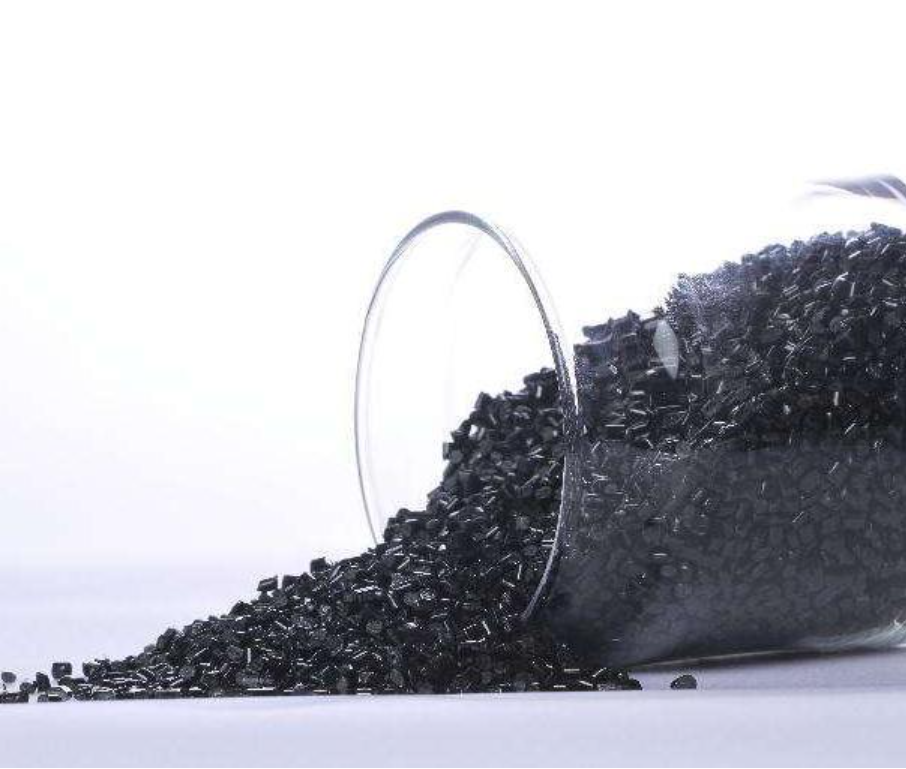Graphene-Enhanced Mechanical and Thermal Stability of Hydrogen Energy Devices
The global transition towards a hydrogen-based energy economy depends heavily on the performance and durability of hydrogen energy devices such as storage tanks, fuel cells, and electrolyzers. One of the key challenges lies in improving the mechanical and thermal stability of these devices to ensure long-term reliability under extreme operational conditions. Graphene, with its unparalleled mechanical strength, high thermal conductivity, and chemical stability, offers a transformative solution to address these challenges.
This article explores how graphene enhances the mechanical and thermal stability of hydrogen energy devices, detailing its mechanisms, applications, and recent advancements.

Challenges in Hydrogen Energy Devices
- Mechanical Instability:
- Hydrogen storage tanks and pipelines often experience high pressure and cyclic loading, leading to material fatigue and failure.
- Thermal Degradation:
- Components in fuel cells and electrolyzers are exposed to elevated temperatures, causing thermal stress and degradation over time.
- Material Brittleness:
- Hydrogen embrittlement weakens metals, compromising the structural integrity of storage and delivery systems.
- Weight Constraints:
- Lightweight materials are essential for portable hydrogen storage solutions, but they often lack sufficient mechanical strength.
Role of Graphene in Enhancing Stability
1. Improving Mechanical Stability
- Mechanism:
- Graphene’s high tensile strength (130 GPa) and Young’s modulus (1 TPa) reinforce composite materials, providing resistance to mechanical deformation and fatigue.
- Example:
- Graphene-reinforced polymers used in hydrogen storage tanks demonstrated a 40% increase in tensile strength compared to unreinforced polymers.
2. Enhancing Thermal Stability
- Mechanism:
- With a thermal conductivity of up to 5,000 W/m·K, graphene efficiently dissipates heat, reducing thermal stress in high-temperature environments.
- Example:
- Graphene coatings on fuel cell components prevented overheating, extending the device lifespan.
3. Mitigating Hydrogen Embrittlement
- Mechanism:
- Graphene layers act as a barrier, preventing hydrogen diffusion into metal substrates, thus mitigating embrittlement.
- Example:
- Graphene-coated steel pipes maintained their mechanical properties even after prolonged exposure to hydrogen gas.
4. Enabling Lightweight Designs
- Mechanism:
- Graphene’s strength-to-weight ratio enables the development of lightweight composite materials for portable applications.
- Example:
- Lightweight graphene composites in hydrogen storage cylinders achieved high pressure tolerance without added weight.
Applications of Graphene in Hydrogen Energy Devices
1. Hydrogen Storage Tanks
- Graphene Reinforced Polymers:
- Used as structural materials, these composites exhibit enhanced resistance to high pressures and cyclic loading.
- Example:
- Graphene-polymer composites achieved a pressure tolerance exceeding 700 bar, meeting industry standards for hydrogen storage.
2. Fuel Cells
- Graphene as a Catalyst Support:
- Provides mechanical stability to catalysts, preventing detachment or aggregation during operation.
- Graphene-Coated Bipolar Plates:
- Protects plates from thermal degradation and corrosion while ensuring efficient heat dissipation.
3. Electrolyzers
- Graphene-Coated Electrodes:
- Enhances electrode stability under high-temperature and high-pressure conditions during water splitting.
4. Hydrogen Delivery Pipelines
- Graphene-Based Liners:
- Prevent hydrogen diffusion and embrittlement in metal pipelines, ensuring long-term durability.
Key Performance Metrics
- Tensile Strength:
- Graphene composites achieve tensile strengths up to 200% higher than conventional materials.
- Thermal Conductivity:
- Devices with graphene components show up to 50% improved heat dissipation compared to non-graphene counterparts.
- Hydrogen Permeability:
- Graphene coatings reduce hydrogen diffusion rates by an order of magnitude, mitigating embrittlement.
- Pressure Tolerance:
- Graphene-reinforced storage tanks withstand pressures of 700 bar or higher, critical for compressed hydrogen storage.
Recent Advancements
- Graphene-Nanoplatelet Composites:
- Achieved superior mechanical strength and thermal stability in hydrogen storage cylinders.
- Doped Graphene for Thermal Stability:
- Nitrogen-doped graphene enhanced thermal conductivity and chemical stability in fuel cell electrodes.
- Multi-Layer Graphene Coatings:
- Demonstrated exceptional barrier properties against hydrogen diffusion in metal pipelines.
- Graphene Aerogels in Insulation:
- Provided lightweight, thermally stable insulation for hydrogen storage and delivery systems.
Challenges and Future Directions
- Cost of Graphene Production:
- Developing scalable and cost-effective methods for synthesizing high-quality graphene remains critical.
- Integration Challenges:
- Ensuring compatibility between graphene and conventional materials in composite systems.
- Long-Term Stability Studies:
- Further research is needed to validate graphene’s performance under prolonged operational conditions.
- Commercialization:
- Accelerating the adoption of graphene-enhanced materials in hydrogen energy devices through industry partnerships.
Conclusion
Graphene’s extraordinary mechanical and thermal properties make it a game-changer for hydrogen energy devices. By reinforcing composites, mitigating embrittlement, and improving heat dissipation, graphene significantly enhances the durability and efficiency of hydrogen storage, transport, and conversion systems.
As advancements in graphene production and integration continue, its role in the hydrogen energy ecosystem is set to expand, driving the development of robust and sustainable solutions for a cleaner energy future.

